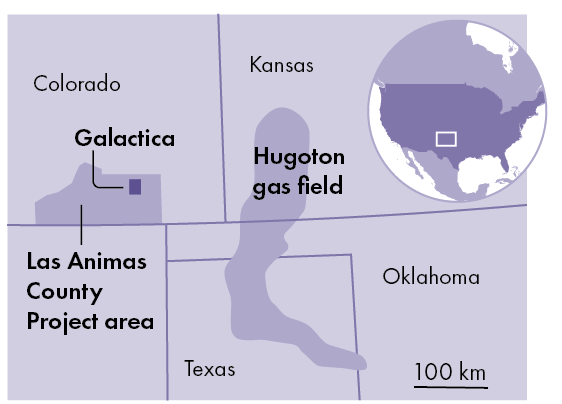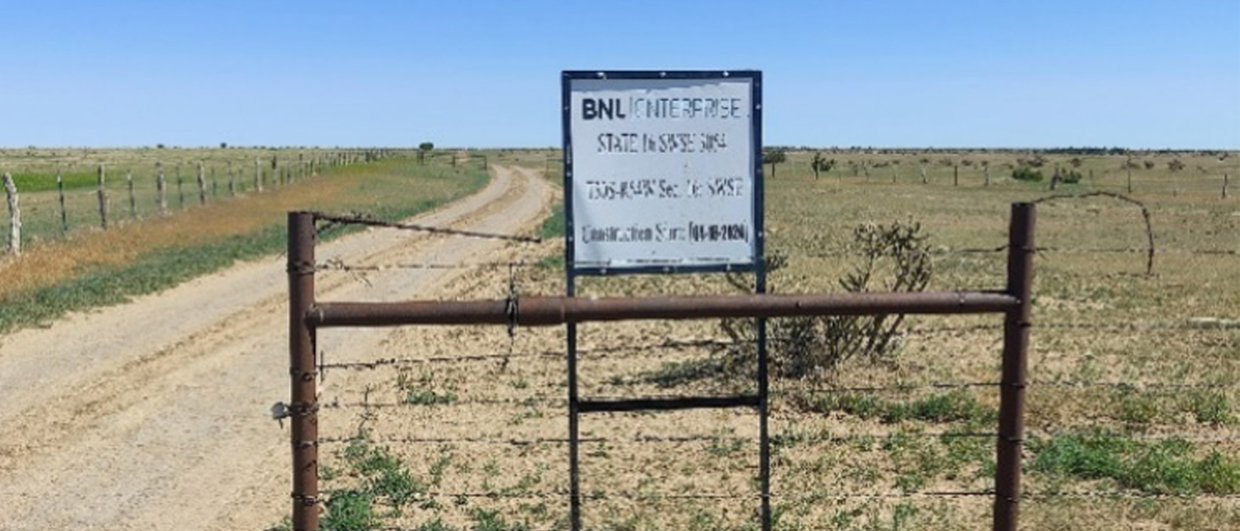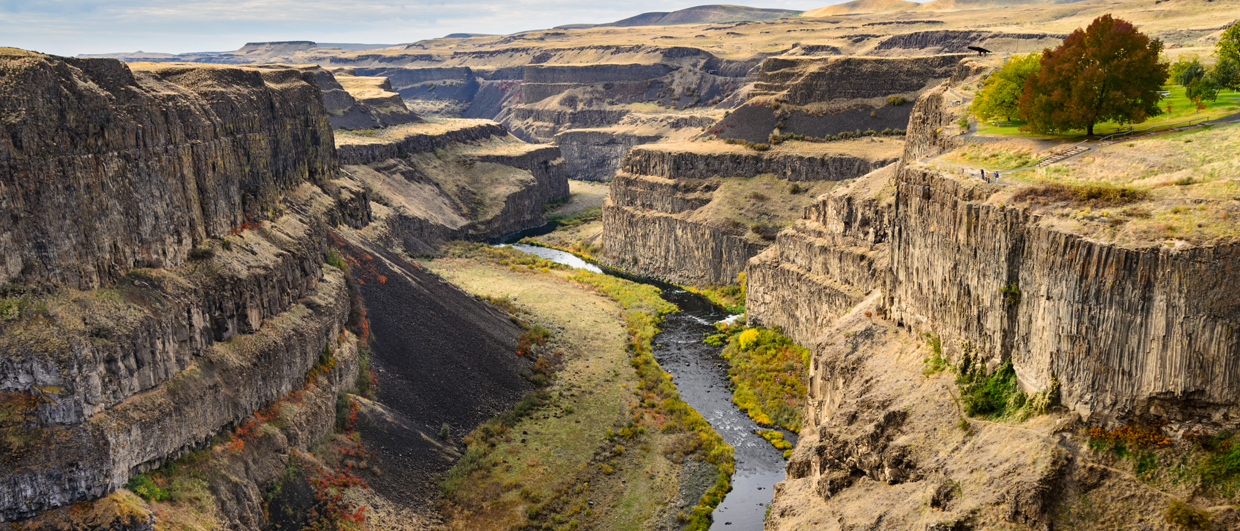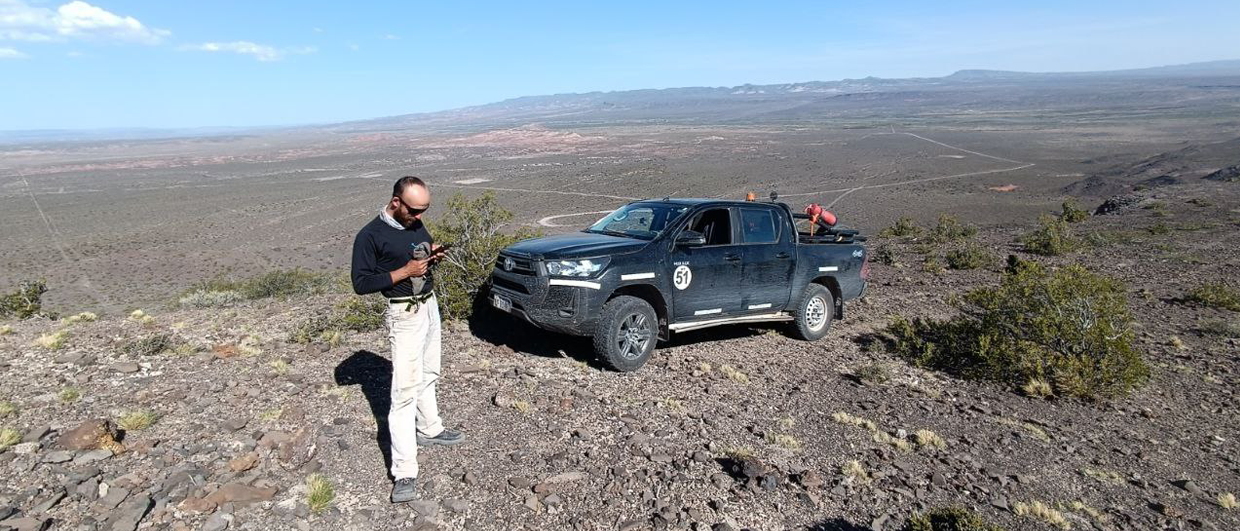Blue Star Helium and joint venture partner Helium One, have successfully concluded a six-well development campaign at the Galactica project in Las Animas County, Colorado. The company reported positive results across all wells, with helium concentrations ranging from 0.4 % to 3.3 % and stabilised flow rates between 250 and 500 Mcf/day. The wells will be tied back for commercial production, which is expected to start later this year.
The Galactica helium field is part of the Las Animas Arch, a basement-related anticlinal uplift that flanks the Hugoton embayment. The Hugoton gas field is the largest natural gas field in North America and is well known for its helium enrichment. Traditionally, the Hugoton Field has provided a significant portion of the helium market and currently still accounts for nearly a fifth of global helium supply. However, due to declining production and steady demand, helium exploration and production activities are now shifting west.
Shallow exploration wells
Contrary to the carbonate reservoirs found in the Hugoton field, helium in Las Animas County is found in the Lyons Sandstone Formation. The Lyons Sandstone was deposited in a nearshore environment during the Middle Permian and exhibits evidence of both shallow marine and aeolian processes. The formation is divided into the Lower and Upper Lyons Sandstone, separated by an erosion surface and shale-rich middle member.

Blue Star’s exploration campaign in 2022 confirmed the presence of helium in both the Lower and Upper Lyons Sandstone. It also indicated superior reservoir quality in the Upper Lyons Formation. This presumably explains why all six development wells were completed in the Upper Lyons Sandstone, at depths of around 365 m. However, Blue Star Helium has identified an additional six to ten locations for infill wells at Galactica, which will potentially target the Lower Lyons Formation.
Blue Star Helium is not the only operator in the region. Desert Eagle owns the Red Rocks project, which is surrounded by Blue Star’s Galactica acreage. Red Rocks has been producing helium from three wells for the past 2.5 years. Mosman Oil and Gas holds acreage directly north and northeast of Galactica; here, the Lyons Formation closures are prognosed at shallower depths. The first well, at the Billy Goat lease, reached a total depth of 220 m. However, Mosman has not released further data because Desert Eagle is interested in acquiring the asset. The Richardson well at the ‘The Bard’ lease, directly north of Galactica, encountered the Lyons Formation 140 m deeper than expected and flowed water rather than helium.
HIGH LEVELS OF CO2
In addition to helium, the Galactica Field contains high levels of CO2, with concentrations ranging from 48 % to 98 %. Both gases are likely sourced from the underlying Precambrian basement. Helium is generated during uranium and thorium decay, while CO2 results from prograde metamorphism. Metamorphic temperatures are also required to release helium from the parent mineral, allowing it to become a free gas phase. Blue Star Helium plans to produce both CO2 and helium at its Pinon Canyon Plant. Hydrocarbons are not present in the Galactica Field.





